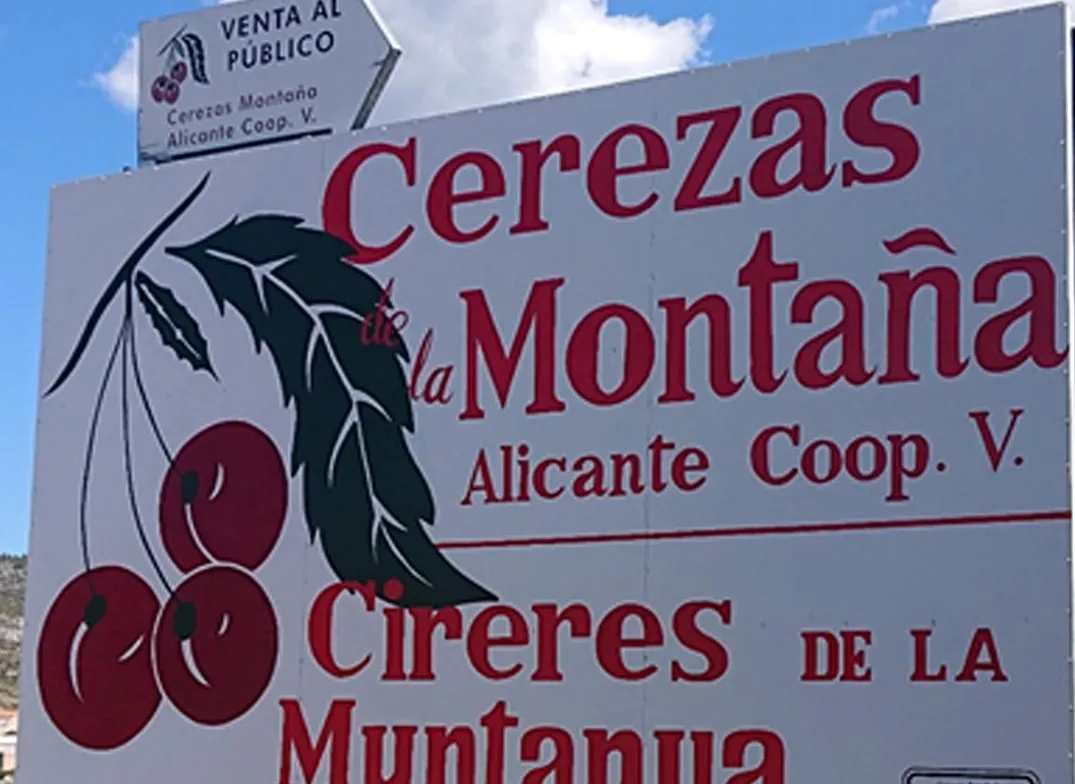Cherries destined for international markets must maintain both fruit and stem in optimal condition for periods exceeding 4 weeks, particularly in the case of sea shipments.
A recent two-year study evaluated the evolution of quality parameters of cherries after commercial sorting and packing, followed by 4 weeks of storage in modified atmosphere (MA) bags at optimal (−0.6 °C) and suboptimal (4.4 °C) temperatures, simulating possible breaks in the cold chain.
The analysis considered both physicochemical parameters (firmness, pedicel retention force, color, soluble solids, acidity) and visual defects (cracking, pitting, pebbling, stem condition).
The tests were conducted on five sweet cherry cultivars: “Chelan”, “Black Pearl”, “Bing”, “Regina”, and “Skeena”.
Performance and temperature effects
Results showed that “Black Pearl” and “Chelan” performed best in terms of high firmness, elevated sugar and acid content, strong pedicel retention, low defect incidence, and low respiration.
Multivariate analysis revealed that firmness, pedicel–fruit retention force (PFRF), and the percentage of fruit with stems were the main discriminating factors among cultivars, along with respiration rate.
Furthermore, storage temperature had a clear impact: at 4.4 °C, more pronounced decreases in firmness, PFRF, acidity, and color variation were observed, confirming the need to maintain the cold chain to preserve quality.
Among visual defects, the incidence of pitting, pebbling, and cracking was not strongly linked to cultivar, but rather influenced by harvesting, handling, and packing practices.
Stem condition and atmosphere
In particular, the use of the cluster-cutter on packing lines, which removes the distal portion of the stem, was associated with lower weight-to-length ratios and therefore greater desiccation.
Stem quality, although often overlooked compared with fruit quality, is a sensitive indicator of freshness and can deteriorate rapidly under suboptimal humidity or temperature conditions (although in the study the high humidity modified atmosphere conditions limited this effect).
Respiration rate also varied among cultivars, with “Black Pearl” showing the lowest values and “Regina” the highest, regardless of temperature.
In some cultivars, an increase in firmness was observed during low-temperature storage in modified atmosphere, a phenomenon already documented in literature and attributed, among other factors, to the use of gibberellic acid in preharvest.
Implications for export supply chains
The operational conclusions of the study highlight that, in export supply chain management, cultivar choice influences certain key parameters (firmness, PFRF, soluble solids, acidity, respiration), while many other visual and physiological aspects depend largely on agronomic practices, harvesting, and postharvest handling.
“Black Pearl” and “Chelan” emerged as the most suitable cultivars for distant markets, especially when combined with strict maintenance of the cold chain and packaging techniques that preserve the pedicel.
Detailed knowledge of each cultivar’s strengths and weaknesses, together with targeted management strategies, can support more effective decision-making in production and commercial planning, reducing the risk of quality losses and meeting the demands of destination markets.
Source: Leisso, R., Turner, J., McMurtrey, S., Klarer, E., Emmons, J., Wiessner, J., Wang, K., Wang, E., & Imler, C. (2025). Postpacking Sweet Cherry Stem and Fruit Quality Attributes Influenced by Cultivar. HortTechnology, 35(2), 258-266. https://doi.org/10.21273/HORTTECH05585-24
Image source: Marca
Andrea Giovannini
University of Bologna (ITA)
Cherry Times - All rights reserved












